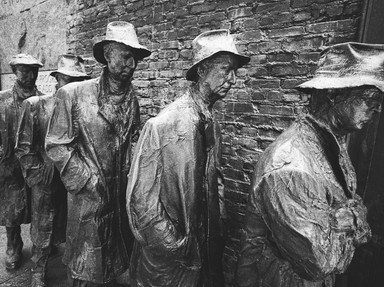Quiz Answer Key and Fun Facts
1. Franklin D. Roosevelt, the "mind" behind the New Deal, won the presidential election in 1932 against which president (who had governed between 1929 and 1933)?
2. Franklin D. Roosevelt belonged to which political party?
3. This was one of Franklin D. Roosevelt's first promises to the American people?
4. Franklin D. Roosevelt was indeed a smart man, but he didn't come up with the programme for the New Deal all by himself. He worked with a panel of experts called the _______ .
5. The New Deal program had three main aims, which were what?
6. Franklin D. Roosevelt, first of all, closed all the banks for a holiday. He wanted to rescue the banks.
7. In 1933 Franklin D. Roosevelt set up the first of a series of government agencies, which were the means of his New Deal, designed to give the American people support. Since their names were often not very short, they quickly became know as _______ .
8. In 1933 the Civilian Conservation Corps (CCC) was established as a temporary emergency measure. In 1935 it was in effect replaced by a much larger program, which lasted into World War II. What was this latter program called?
9. The Civilian Conservation Corps gave the young men working in its camps a wage of $2 per day.
10. What was the purpose of the agency named HOLC?
11. What is the name of the agency which was set up to develop the Tennessee Valley area?
12. The Wagner Act of 1935 gave more power to what?
13. The Civilian Works Administration (CWA) created as many jobs as possible. Many of them were really useless, and were called "boondoggles". Which of these is an example of a "boondoggle" created by the CWA?
14. What was the symbol of the NRA, the National Recovery Administration, which helped industries to flourish again?
15. Not all of the USA saw the New Deal as a positive influence and method to get the country out of the Great Depression. Some extremely influential characters in American society did not support the New Deal. Who were they?
Source: Author
busted_forever
This quiz was reviewed by FunTrivia editor
bloomsby before going online.
Any errors found in FunTrivia content are routinely corrected through our feedback system.

